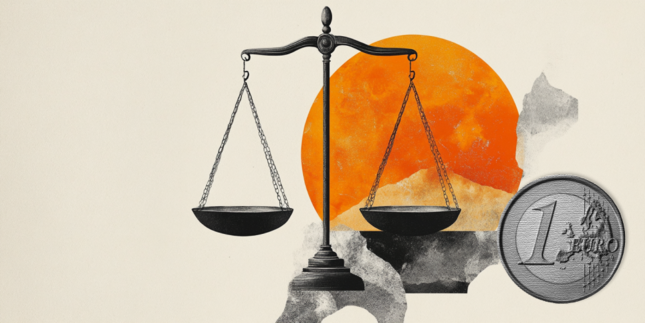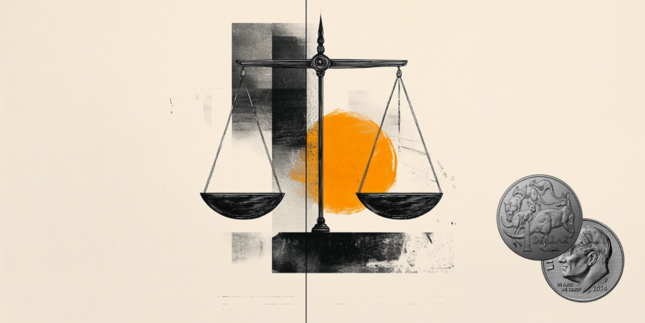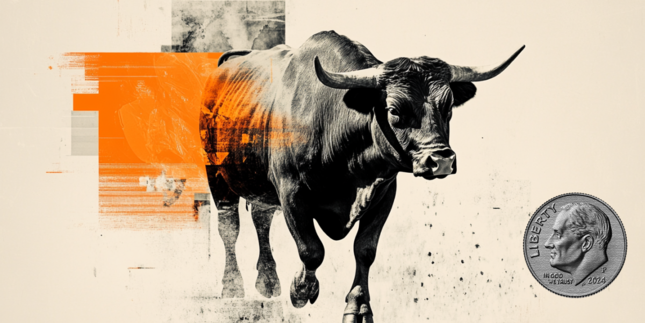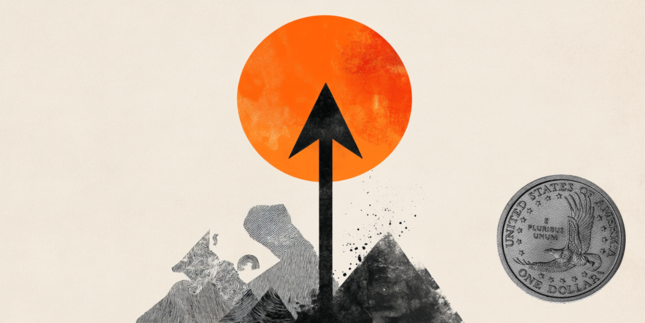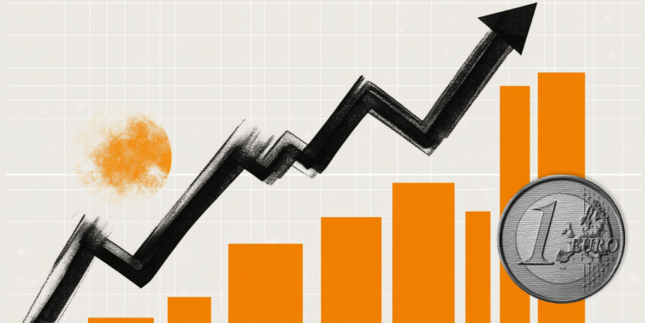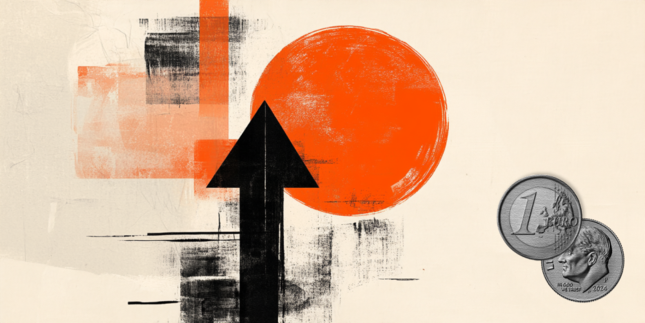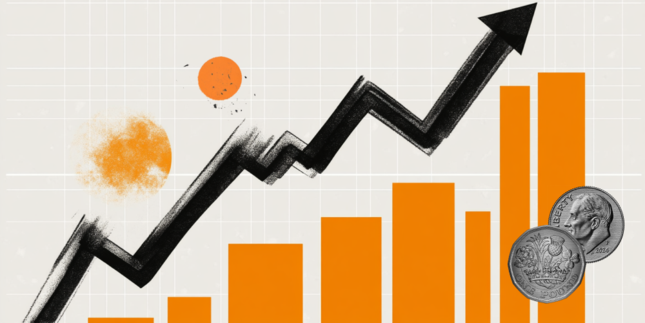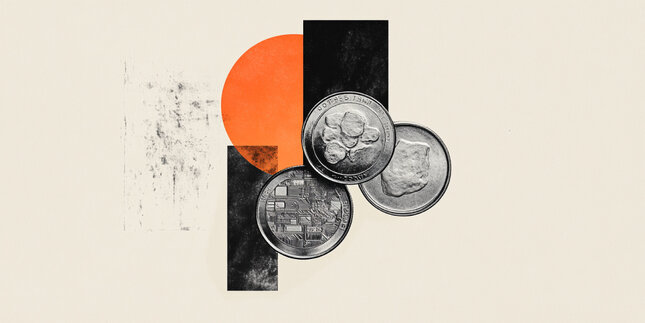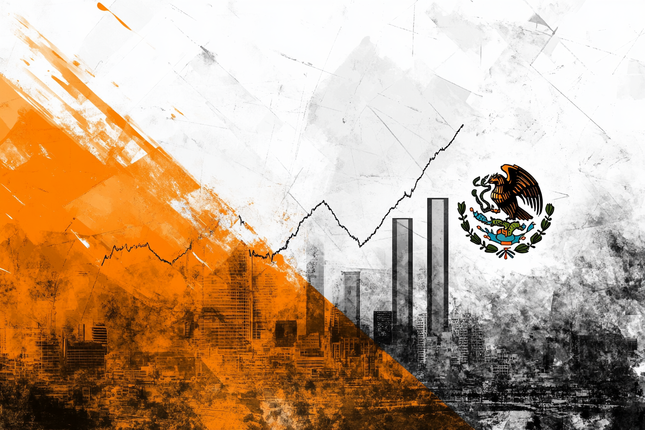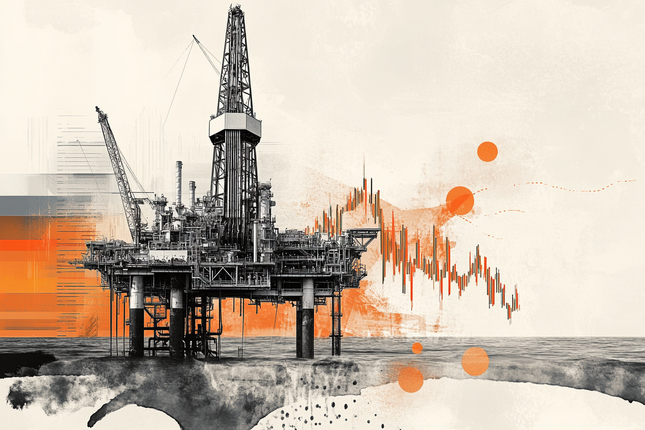USD/INR softens as traders await Trump, Modi meeting
- The Indian Rupee gains ground in Thursday’s early European session.
- Softer US Dollar provides some support to the INR.
- Investors will closely watch Indian PM Modi’s meeting with Trump administration’s officials, and the US PPI data.
The Indian Rupee (INR) gains traction on Thursday, bolstered by the stronger US Dollar (USD). Additionally, strong intervention from the Reserve Bank of India (RBI) might help limit the local currency’s losses. The fall in crude oil prices after US President Donald Trump called Russian President Vladimir Putin and Ukrainian President Volodymyr Zelenskyy to discuss ending the war in Ukraine might provide some support to the INR as India is the world's third-largest consumer of crude oil.
On the other hand, the renewed USD demand, maturity positions in the non-deliverable forwards (NDF) segment and equity sales by overseas investors could drag the INR lower. India’s Prime Minister Narendra Modi is scheduled to talk with multiple Trump administration officials during his trip to Washington, D.C., including Elon Musk, who leads Trump’s so-called Department of Government Efficiency.
Government officials said that Modi's meeting with Musk is anticipated to include a discussion of Musk's private business ventures, such as the growth of Starlink and Tesla in India. On the US docket, the weekly Initial Jobless Claims and Producer Price Index (PPI) will be released later on Thursday.
Indian Rupee edges higher despite multiple challenges
- According to Reuters, citing government officials, Modi is prepared to cut India's tariffs in multiple sectors ahead of his meeting with Trump in order to prevent a potential trade war with the United States.
- India’s retail inflation, measured by the Consumer Price Index (CPI) stood at 4.31% in January, down from 5.22% in December, the Ministry of Statistics & Programme Implementation showed on Monday. This reading came in softer than the market consensus of 4.6%.
- The US CPI rose 3.0% year-on-year in January versus 2.9% prior, according to the US Bureau of Labor Statistics on Wednesday. This reading came in hotter than the 2.9% expected.
- The so-called core CPI, which excludes food and energy costs, climbed 3.3% in January, compared to the previous reading of 3.2% and the estimation of 3.1%.
- On a monthly basis, the headline CPI inflation jumped to 0.5% in January from 0.4% in December, while the core CPI increased to 0.4% in January from 0.2% recorded in December.
- Traders expected just one quarter-point rate cut this year, down from two reductions before the CPI report.
- Fed Chair Jerome Powell said the recent inflation data showed that while the central bank has made substantial progress toward taming inflation, there is still more work to do.
USD/INR forms a shooting star candlestick, downward pressure expected in the near term
The Indian Rupee trades firmer on the day. Technically, the constructive outlook of the USD/INR pair remains intact, with the price holding above the key 100-day Exponential Moving Average (EMA) on the daily timeframe. The path of least resistance is to the upside as the 14-day Relative Strength Index (RSI) stands above the midline near 56.00.
The 87.00 psychological level acts as the first upside barrier for USD/INR. A decisive break above this level could see a rally to an all-time high near 88.00. Extended gains could pave the way to 88.50.
On the other hand, the first downside target to watch is 86.35, the low of February. Bearish candlesticks below the mentioned level could push USD/INR back down toward 86.14, the low of January 27.
Indian economy FAQs
The Indian economy has averaged a growth rate of 6.13% between 2006 and 2023, which makes it one of the fastest growing in the world. India’s high growth has attracted a lot of foreign investment. This includes Foreign Direct Investment (FDI) into physical projects and Foreign Indirect Investment (FII) by foreign funds into Indian financial markets. The greater the level of investment, the higher the demand for the Rupee (INR). Fluctuations in Dollar-demand from Indian importers also impact INR.
India has to import a great deal of its Oil and gasoline so the price of Oil can have a direct impact on the Rupee. Oil is mostly traded in US Dollars (USD) on international markets so if the price of Oil rises, aggregate demand for USD increases and Indian importers have to sell more Rupees to meet that demand, which is depreciative for the Rupee.
Inflation has a complex effect on the Rupee. Ultimately it indicates an increase in money supply which reduces the Rupee’s overall value. Yet if it rises above the Reserve Bank of India’s (RBI) 4% target, the RBI will raise interest rates to bring it down by reducing credit. Higher interest rates, especially real rates (the difference between interest rates and inflation) strengthen the Rupee. They make India a more profitable place for international investors to park their money. A fall in inflation can be supportive of the Rupee. At the same time lower interest rates can have a depreciatory effect on the Rupee.
India has run a trade deficit for most of its recent history, indicating its imports outweigh its exports. Since the majority of international trade takes place in US Dollars, there are times – due to seasonal demand or order glut – where the high volume of imports leads to significant US Dollar- demand. During these periods the Rupee can weaken as it is heavily sold to meet the demand for Dollars. When markets experience increased volatility, the demand for US Dollars can also shoot up with a similarly negative effect on the Rupee.
Forex News
Keep up with the financial markets, know what's happening and what is affecting the markets with our latest market updates. Analyze market movers, trends and build your trading strategies accordingly.


